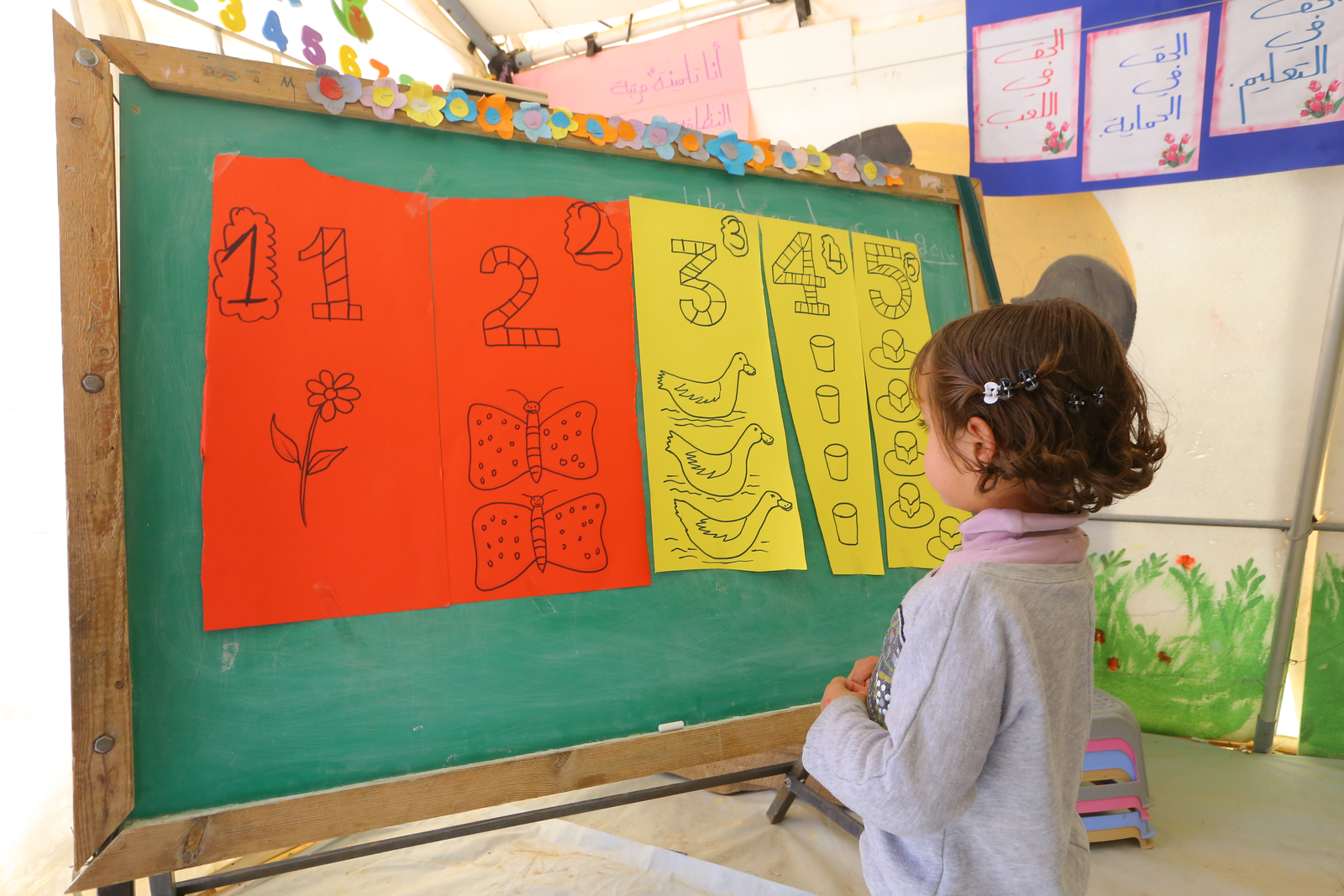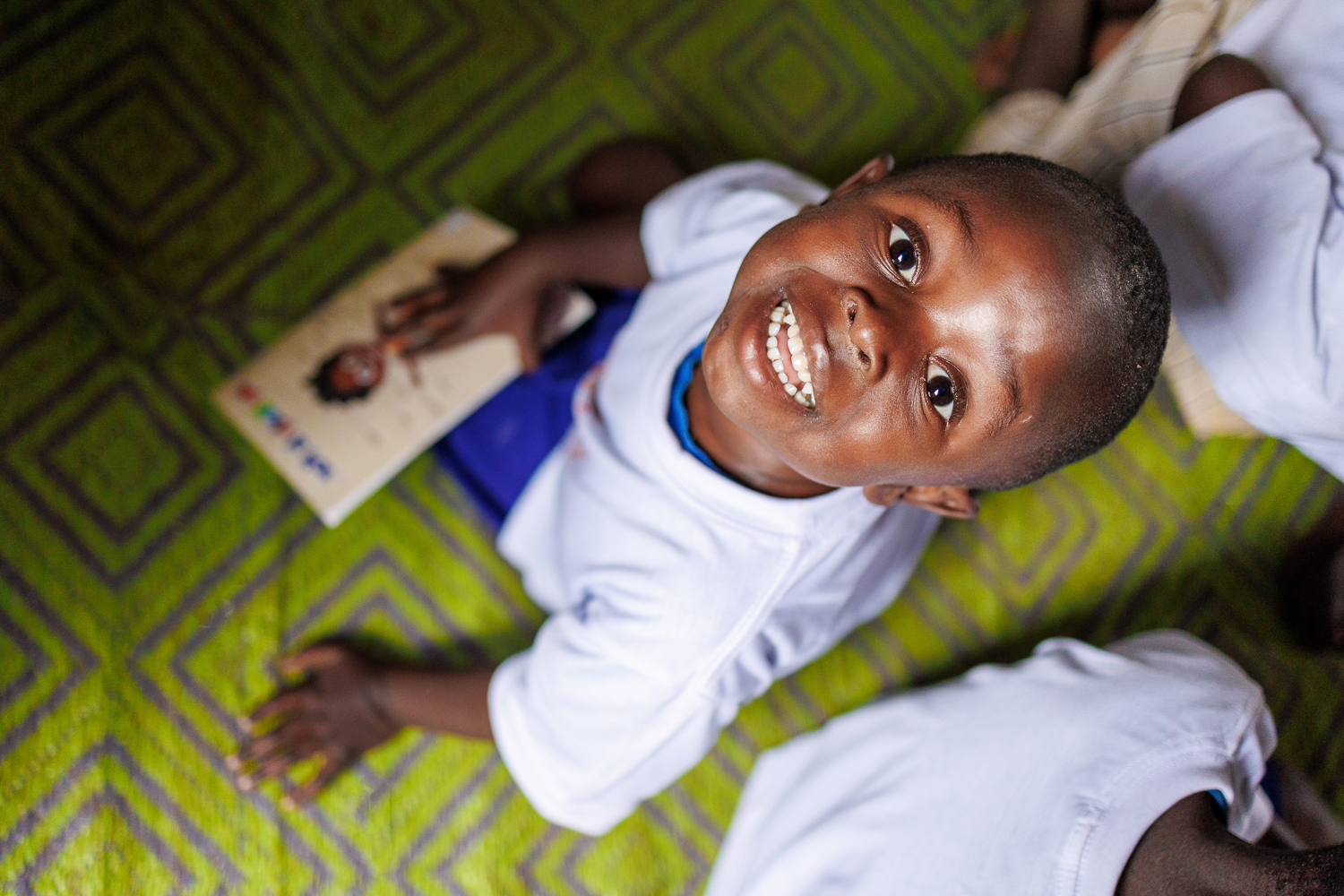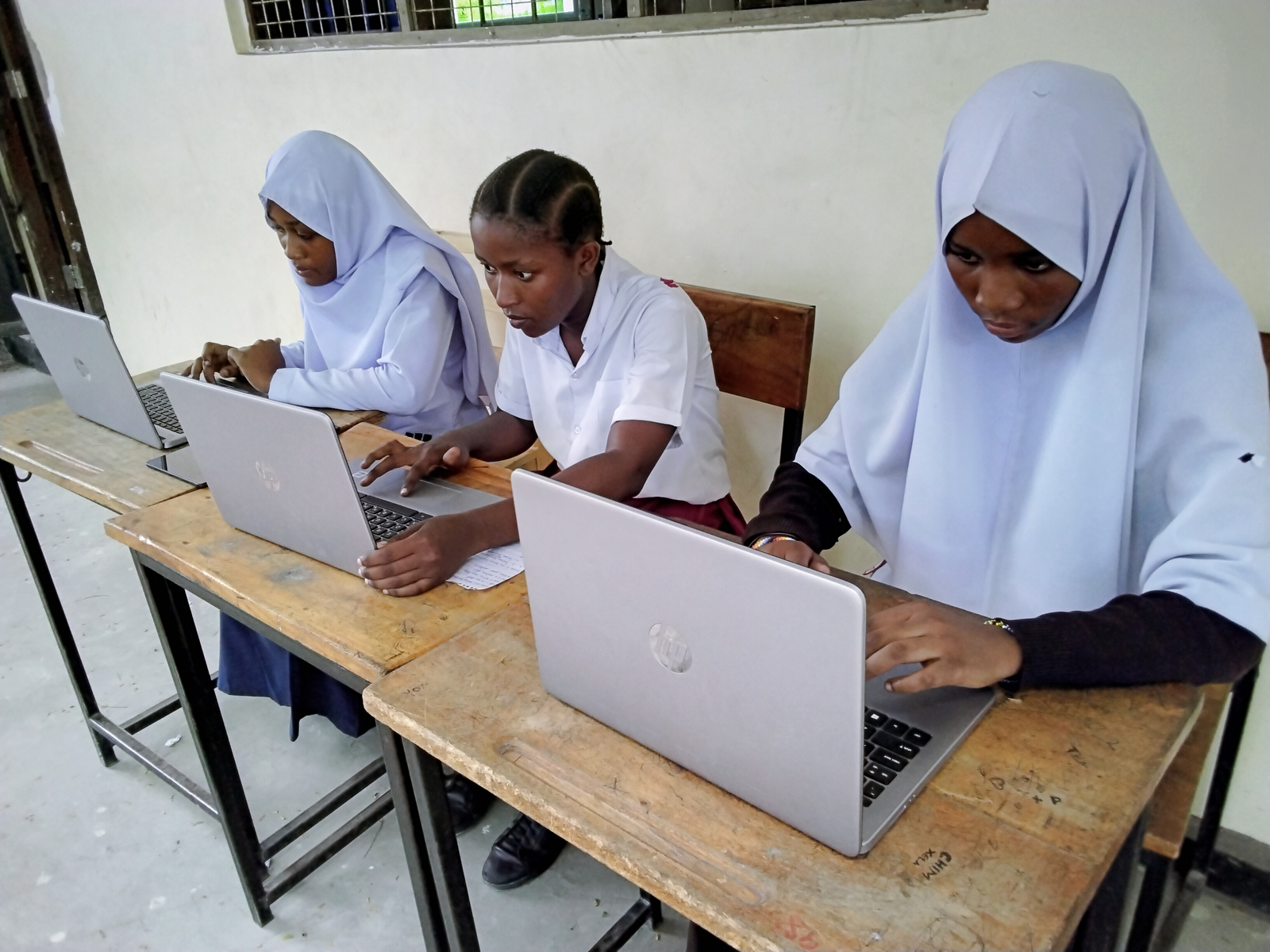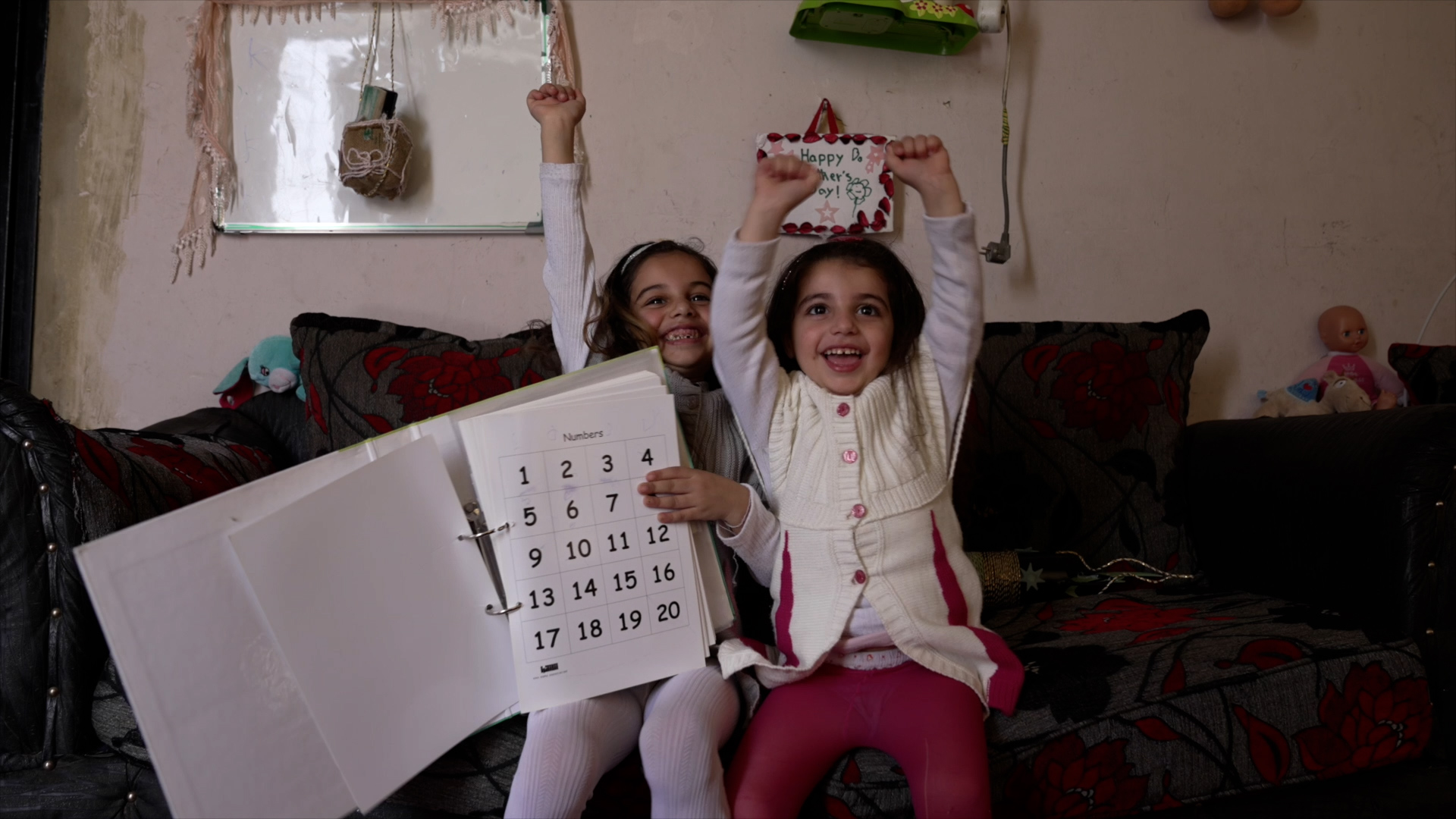
“Education protects children – it is the best ‘space’ in which they can remain children in the midst of disruption”
Barriers to education, Children in conflicts, Early childhood development, Education funding, Education in emergencies, Girls' education, Refugees and internally displaced people, Right to education, Safe schools, Sustainable Development Goals
In the run-up to World Humanitarian Day on August 19, we talk to Christos Stylianides, the European Commissioner for Humanitarian Aid and Crisis Management.
Christos Stylianides has been in his European Commission role since 2014. A Cypriot, he was previously a member of the European Parliament and the Cyprus House of Representatives.
His responsibilities include building close relationships with the United Nations, NGOs and civil society to make joint humanitarian work more effective across the world.
A major part of his work is advocating for education in emergencies – which includes conflicts and natural disasters. Here he is interviewed by Theirworld writer Billy Briggs
Why is education so important in the field of humanitarian assistance?
Tens of millions of children are affected by crises. Humanitarian assistance responds to their various needs, from food to shelter. Traditionally, education was neglected in these circumstances but it is time for a fundamental change of mindset.

Humanitarian assistance targets the needs of the people affected by crises and education is a clear need of children caught up in emergencies. This is also one of the top priorities that affected families ask for.
During crises, education protects children both physically and psychologically – it is the best “space” we can create in which children can remain children in the midst of disruption. Education can also be a strong platform to support integrated services for children.
While bringing immediate benefits for children and their families, education also holds the key to the future: to opportunities, to a more dignified life.
By helping to secure continuity of teaching and learning, humanitarian assistance can therefore support immediate and longer-term needs of boys and girls affected by emergencies at the same time.
The European Union has been a leader in supporting refugee children and funding their education, increasing its education share of humanitarian aid to 6%. Why don’t many other donors share that view?
I have been advocating for education in emergencies since I took office in 2014. I had already pledged at the Oslo Summit on Education for Development in 2015 that EU funding would reach 4% of our humanitarian assistance.
Considering the financing gap, at the World Humanitarian Summit a year after, I committed to go even further and reach 10% by the end of my mandate. By today, the EU has become a top donor for education in emergencies.
During these past three years I have also seen views changing at the highest political levels and on the ground to embrace the importance of humanitarian assistance when it comes to education. Considering the protracted nature of displacement and the needs it creates, it is not easy to prioritise but we have moved ahead.
From less than 1%, education in emergencies increased to close to 6% today as a share of humanitarian aid. This might not seem much but the momentum shows that decision-makers and implementers alike start to understand that we cannot leave education unaddressed during crises and in particular in forced displacement contexts.
We even have a new, dedicated platform – the Education Cannot Wait fund – that brings together a variety of stakeholders, including leading donors, to support children in these contexts better.
Many refugee children in Europe have suffered the trauma of conflict. How important is a safe and stable school environment as part of their recovery?
It is of key importance that children, irrespective of their status, receive schooling as soon as possible in their host countries. It is a part of their return to normality after all the traumas suffered.
It is also essential because schooling and learning helps children to make sense of their new surroundings and the host culture.
It is of key importance that children, irrespective of their status, receive schooling as soon as possible (during and after conflict) in their host countries. It is a part of their return to normality after all the traumas suffered. Christos Stylianedes, European Commissioner for Humanitarian Aid and Crisis Management
Of course, this has an impact on teacher training because teachers need to be appropriately equipped to be able to respond to the specific needs of refugee boys and girls.
Refugee children need to be integrated into the formal school systems. Where this is not possible directly after arrival, transitional pathways are needed that prepare children for school and include, for example, learning the language of the country and basic skills.
At the Supporting Syria conference in London last year, the co-hosts – including the EU – promised to get every Syrian refugee child into school in neighbouring countries during the 2016-17 academic year. Despite great progress, that hasn’t yet been achieved. So when do you think those Syrian refugees will finally be in school?
I strongly commend the efforts of the refugee-hosting governments and education partners to bring every child into the formal education system.
At the same time, we have to acknowledge that many children are still out of school due to both financial and non-financial barriers.
Learning outcomes would also need to be improved. This is why, at the Supporting the Future of Syria and the Region Conference held in Brussels in April this year, all agreed to continue the work to get all refugee and vulnerable host community children into quality education.
The EU has been, and remains, a major donor for education in the region. Since 2011, funding through the EU’s various instruments has surpassed 1.1 billion euros ($1.3 billion).
Education’s share of aid funding has been falling steadily, according to a UNESCO report in June. Why do you think that is and does the case have to be made differently?
The UNESCO report itself says that donors place a lower priority on aid to education and shift their priorities elsewhere. But it also notes that humanitarian aid has reached a historic high of $303 million or 2.7% as a share of humanitarian aid in 2016.
Although this is still below the international target of 4%, the shift we are witnessing in the education in emergencies sector is very exciting. Humanitarian assistance is really stepping up its support to this sector to help ensure continuity of service under the most challenging circumstances.
At the same time, continuity and quality of the overall education service needs to be anchored in functioning education systems. Therefore, it is essential that governments and development partners prioritise education.
Education systems must become more resilient to withstand shocks which require system strengthening and capacity building. This can only be ensured with consistent, predictable and long-term financing.
In this context, the recognition of education and the role of Education Cannot Wait and the Global Partnership for Education in the G20 communique is a very important step.
What more needs to be done to meet the Sustainable Development Goals target of getting every child into school by 2030?
High-level engagement in, and advocacy for, education must continue in order to keep it at the top of the international agenda.
The contribution of SDG4 (the target of getting every child in school) to all other 16 SDGs must be borne in mind at all times – strengthening inclusive, equitable quality education is a prerequisite to the realisation of the entire 2030 agenda.
Partnerships in which all stakeholders can effectively contribute based on their specific added value are crucial.
This brings me to the issue of coordination. We must break silos. Governments, donors, implementing partners, development actors and humanitarians, private sector and academia need to cooperate and network more effectively at all levels.
The multilateral platforms for education – Education Cannot Wait and the Global Partnership for Education – could play a key role in ensuring more effective coordination and information sharing.
The sector also needs better data and evidence on the needs and gaps and on what approaches could work best in the various contexts to bring all children into school and ensure that they are enrolled and learn.
What’s your view on the International Finance Facility for Education, the funding mechanism proposed by the Education Commission, as part of the overall campaign to finance education for all?
The International Finance Facility for education could play an important role in mobilising funding for education and supporting governments – especially in low and middle-income countries – to realise their role as primary duty bearers to provide basic education.
It is an important sign of growing support to IFFEd that the G20 communique expressly makes mention of it and foresees further work on it under Argentina’s Presidency.

Early childhood development
How important is early childhood development in helping every child to fulfil their potential – and what is the EU doing specifically for refugee children under five?
Early childhood development is an important window of opportunity to strengthen the cognitive, physical, social and emotional development of children.
Although early childhood education services are expanding, they are far from being a part of compulsory initial education in most countries.
In humanitarian contexts, the EU’s work has been aiming at ensuring that the smallest children are protected and cared for during crises.
We have supported, for example, child-friendly spaces that can both respond to child protection concerns and create an appropriate environment for children’s development by taking into consideration the different needs of boys and girls of different age groups.
Girls – especially those in the poorest countries – are still lagging behind boys in school enrolment and completion. Is the EU doing anything specifically to help tackle that issue?
Emergencies and crises are disrupting boys’ and girls’ education and are disproportionately affecting girls’ access to education. Four out of the five countries with the largest gender gaps in education are conflict-affected countries.
In conflicts, education can protect from early marriage and gender-based violence. For this reason, the EU is supporting projects that specifically target girls’ education, including through vocational and technical education.
The EU also supports livelihoods projects to avoid that families need to resort to negative coping mechanisms such as early marriage or child labour. Earlier this year we launched the largest ever humanitarian programme for education in emergencies.
This 34 million euros ($40 million) conditional cash transfer programme will support some 230,000 refugee children to attend school in Turkey.
More news

Skills for the future give young people the best chance of success
